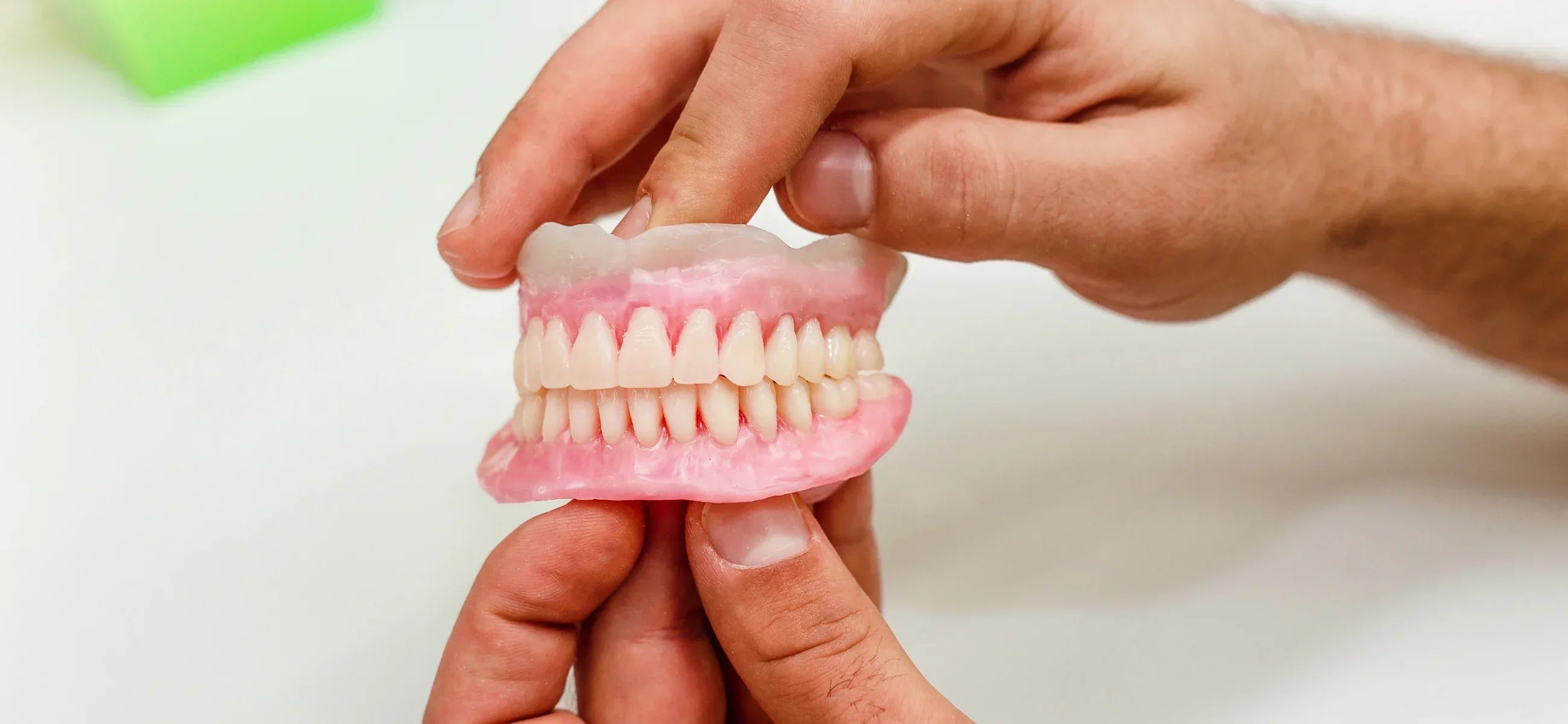
In this article
- What is the denture adhesive
- Benefits of removing denture adhesives
- What's needed to be prepared
- How to remove denture adhesive from gums
- Correct ways to remove denture adhesive from mouth
- How to remove hardened adhesive from dentures
- How to professionally remove adhesive from roof of mouth
- How to choose the best mouthwash to remove denture adhesive
- Conclusion
- FAQs to adhesive dentures
Want to ditch the sticky hassle of denture adhesives? Our methods guarantee smooth removal, sparing you discomfort. Whether it's after a long day or before hitting the hay, knowing how to remove them properly is key.
Before you start, keep your hands clean and dry for a hygienic process. With step-by-step guidance from our experts, you'll bid farewell to adhesives from gums, mouth, and beyond.
Read on "Can an electric toothbrush damage gums" and "How to fix receding gums" before reading.
What is the denture adhesive

Denture adhesive is a cream, powder, or strip created to help keep dentures snugly in place throughout the day. For many wearers, a little adhesive makes a big difference when talking, eating, or laughing. It forms a seal between your gums and the denture base, reducing slipping and keeping out annoying food particles.
Benefits of removing denture adhesives
Just like the rest of your body, your gums need time to breathe and recover. Removing adhesive at the end of the day allows your tissue to rest, reducing the risk of irritation or pressure spots.
Also, cleaning away denture adhesive means you're less likely to deal with trapped food or buildup. It gives you a chance to rinse your dentures and gums, which is key for avoiding bad breath, plaque, and any unwanted bacteria hanging around overnight.
By removing adhesive daily, you’ll get a better sense of how well your dentures actually fit without any “extra help.” If something feels off, you’ll notice it, and that’s your cue to talk with your dentist before discomfort turns into a bigger issue.
What's needed to be prepared
-
Make your hands free from any dirt, moisture, or residue.
-
Consider using a specialized denture adhesive remover solution or cream.
-
Having a bowl or cup of warm water nearby can help soften the adhesive.
-
Use a soft-bristled toothbrush to clean any remaining adhesive.
-
Prepare denture cleaner solution/tablets to clean and disinfect dentures after removal.
How to remove denture adhesive from gums
This is a 4-step guide to removing denture adhesive from your gums.
Step 1. You need to flush with warm water
Begin by flushing your mouth with warm water. This gentle flood helps to loosen the adhesive clinging to your gums.
Step 2. Just apply liberally
Use a cotton swab or your fingertips to apply a potent denture adhesive remover to the gumline. Let the remover seep in, its potent formula dissolving the adhesive's grip.
Step 3. Knead and wipe
With a soft cloth or gauze, massage the treated area, coaxing the adhesive to release its hold. Then, in delicate sweeps, wipe away the dissolved residue.
Step 4. Finally, rinse your mouth and polish your gums
Rinse your mouth once more with warm water. Then, with a soft-bristled toothbrush and toothpaste, polish your gums, leaving them rejuvenated.
Correct ways to remove denture adhesive from mouth
Removing denture adhesive from your mouth requires care and patience. It looks like the first way but some are different. Let's see the similarities and differences by following the guides.
Step 1. You should get started by rinsing your mouth with warm water to loosen the adhesive as well.
Step 2. Add a small amount of denture adhesive remover onto the adhesive using a cotton swab. And mmassage the remover into the adhesive to help break it down. Once the adhesive begins to dissolve, wipe away any residue with a soft cloth. Now, repeat this process as needed until all adhesive is removed.
Step 3. After removing, try to clean your mouth to achieve freshness. A way you can try include rinsig your mouth again with warm water. Or use a soft-bristled toothbrush & toothpaste to brush your gums, tongue, and the roof of your mouth.
Step 4. To end this, clean your dentures and mouth daily using a denture cleaner and brush. Remove and clean your dentures at least once a day, preferably at night. Do not use excessive amounts of denture adhesive, as this can lead to discomfort.
How to remove hardened adhesive from dentures

Step 1. To remove hardened adhesive from dentures, you also need to start by softening the adhesive with warm water or a denture cleaning solution.
Step 2. Scrub the adhesive residue using a soft-bristled toothbrush or denture brush, being careful not to damage the denture material.
Step 3. For more stubborn adhesive buildup, use a denture adhesive remover onto the hardened adhesive and let it sit for a few minutes.
Step 4. Use soaking the dentures overnight in a denture cleaning solution or a mixture of warm water and vinegar for further softening and dissolution.
How to professionally remove adhesive from roof of mouth

Step 1. Commence it by softening the adhesive with warm water like what we said.
Step 2. You can sue a small amount of denture adhesive remover to the affected area using a cotton swab/fingertip.
Step 3. Massage the adhesive remover into the adhesive on the roof of the mouth.
Step 4. Allow the remover to work for a few minutes before rinsing.
Step 5. Repeat the process.
How to choose the best mouthwash to remove denture adhesive
A mouthwash with mild antiseptic properties can help lift away leftover adhesive while also freshening your breath. Ingredients like aloe or baking soda can offer a soothing touch, which makes the rinse feel more like a reset than a chore.
It's a good idea to check if the mouthwash is labeled safe for denture wearers, as some products are designed with extra benefits like coating the gums to prevent irritation. And remember, mouthwash alone won’t do all the work.
Conclusion
So, removing denture adhesive doesn’t have to be a big deal. In fact, once you get the hang of it, it becomes just another easy part of your daily routine like brushing your teeth or washing your face. Warm water, a soft cloth, maybe a gentle mouthwash… that’s really all it takes. Stick with it, go easy on yourself, and don’t stress if it takes a few tries to find what works best. The goal is comfort.
FAQs to adhesive dentures
Q1: How long does denture glue last in the mouth?
Most denture adhesives are designed to last anywhere from 8 to 12 hours. It’s strong enough to hold through daily activities but by bedtime, it’s time to give your gums a break.
Q2: How long can a denture stay in your mouth?
You can wear dentures for most of the day but they should be removed at night to let your mouth rest and stay healthy. Sleeping with them all the time can lead to gum irritation or even infections over time, so nightly removal is part of good denture care.
Q3: How to keep dentures in place without adhesive?
The best way is to make sure your dentures fit well to begin with. A snug, custom fit from your dentist often holds just fine on its own. Over time, your mouth shape can change, so regular checkups and occasional refitting or relining keep everything in place.
Q4: Can I sleep with dentures glued on?
You can, but it’s really not recommended. Sleeping with glued-in dentures doesn’t give your gums a chance to breathe, and leftover adhesive can cause buildup or irritation. Removing them at night is a simple habit that keeps your mouth healthier in the long run.
Q5: Does mouthwash loosen denture adhesive?
Yes, some types of mouthwash can help soften leftover adhesive and make it easier to clean off. It’s not a magic eraser, but it’s a helpful step when paired with warm water and a soft cloth or brush.


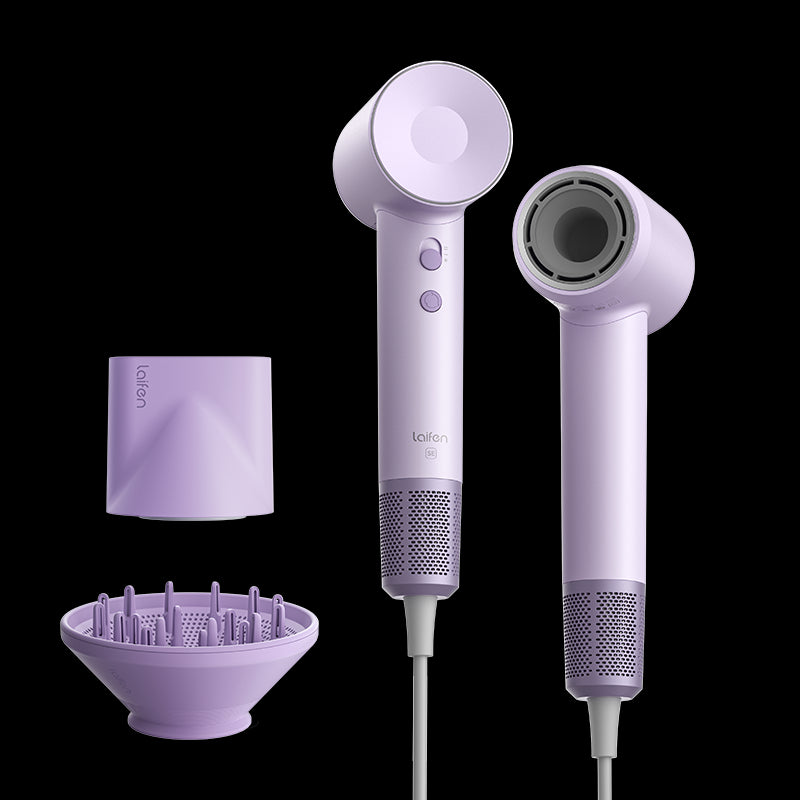


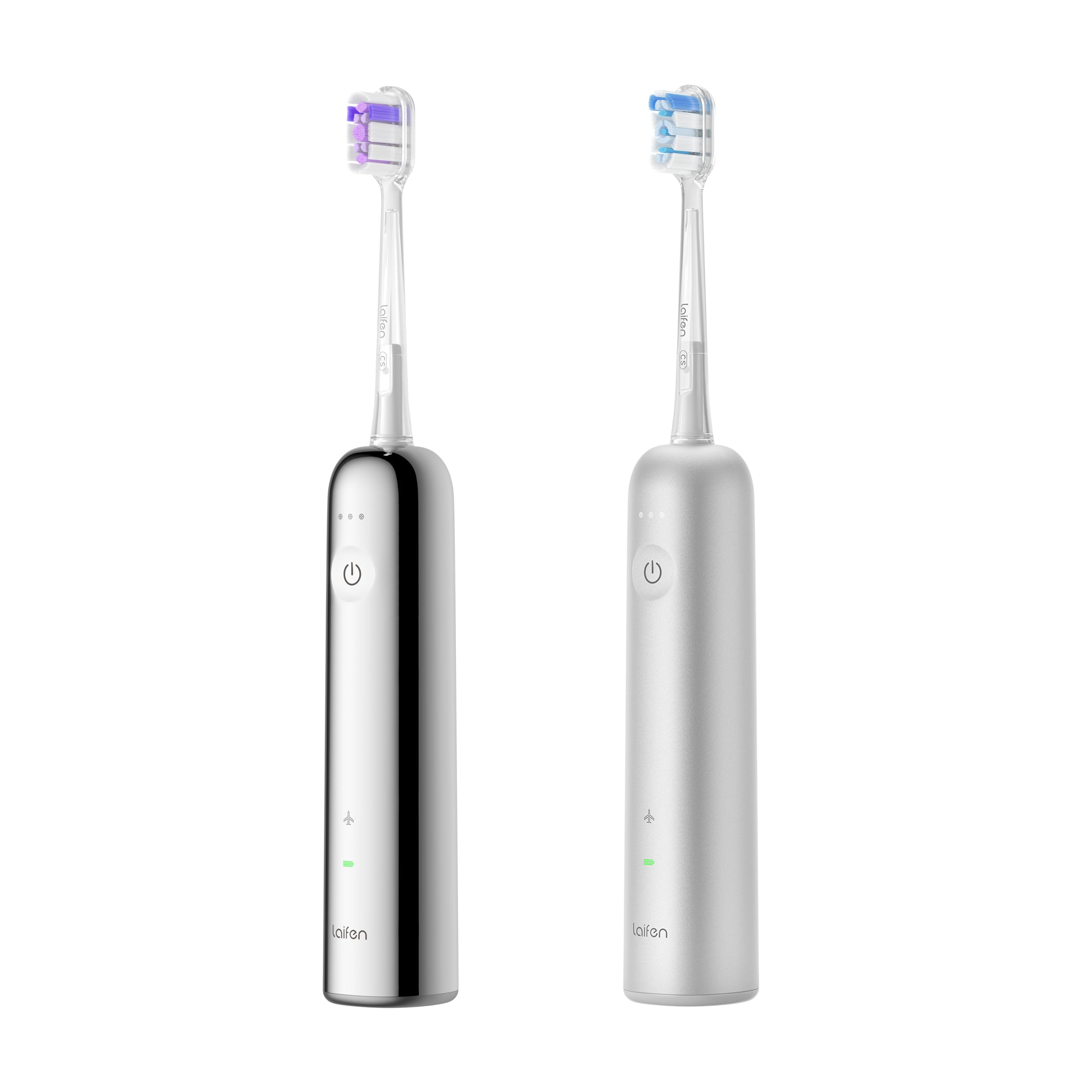
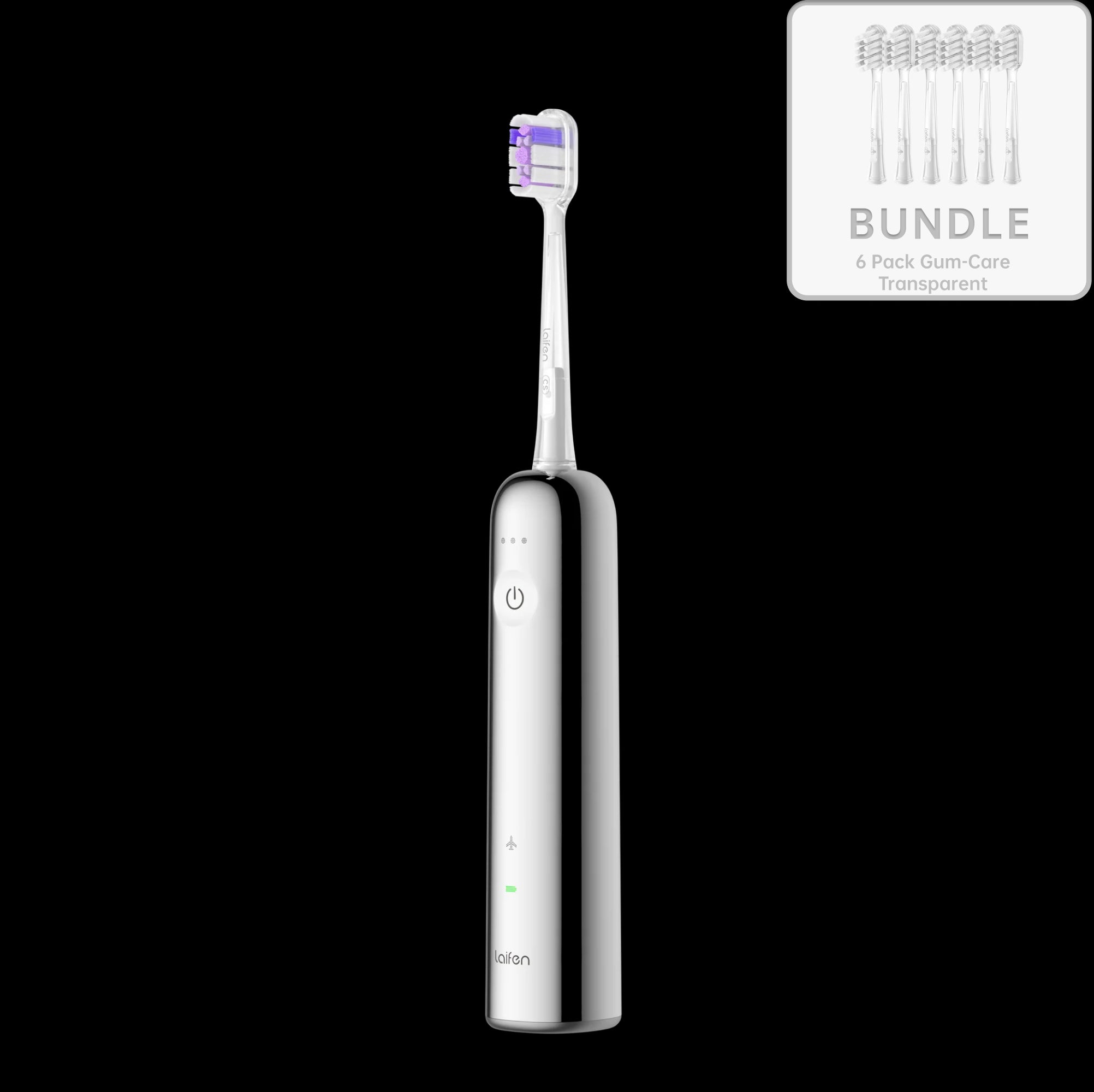
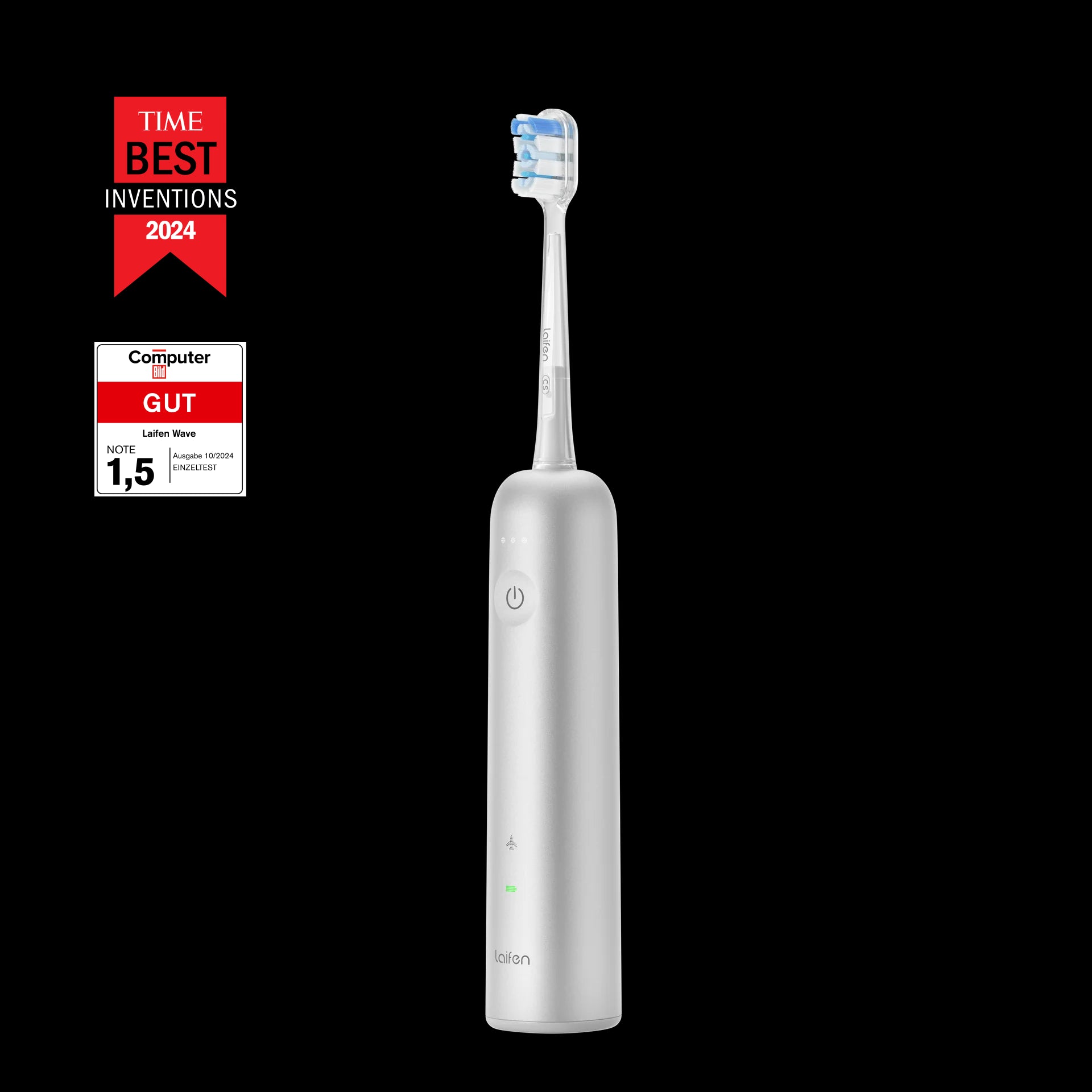


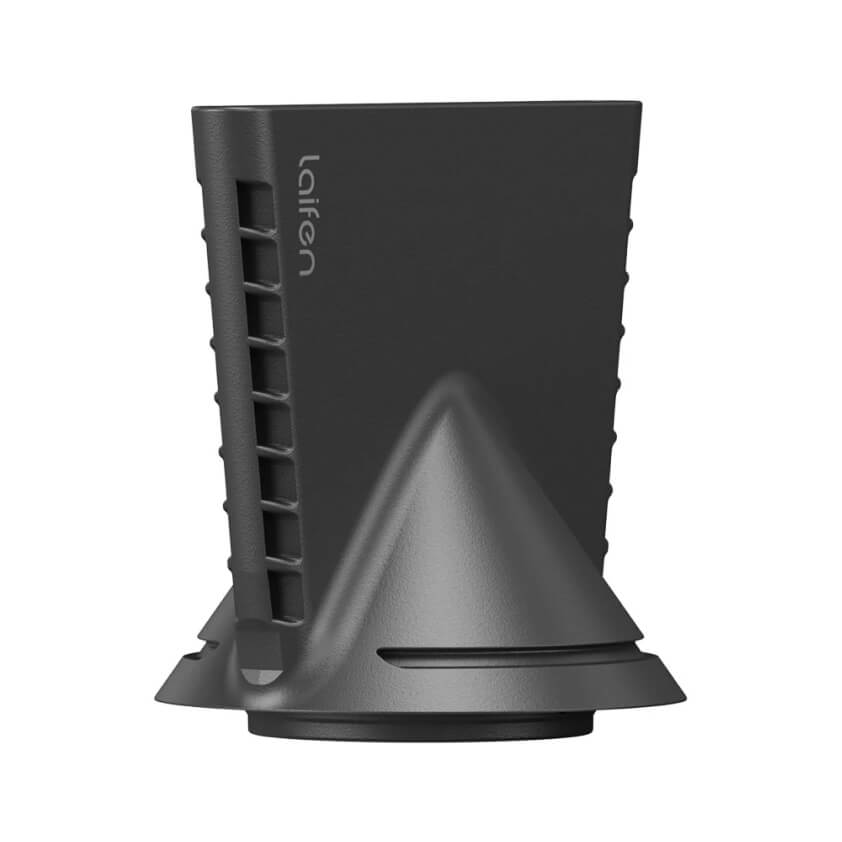
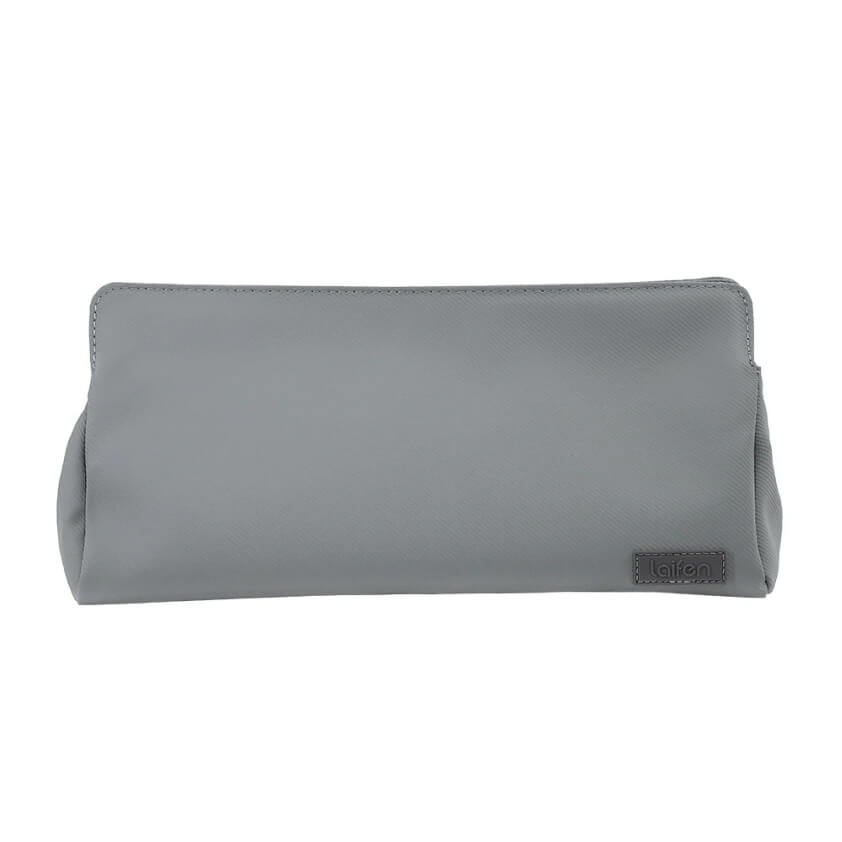
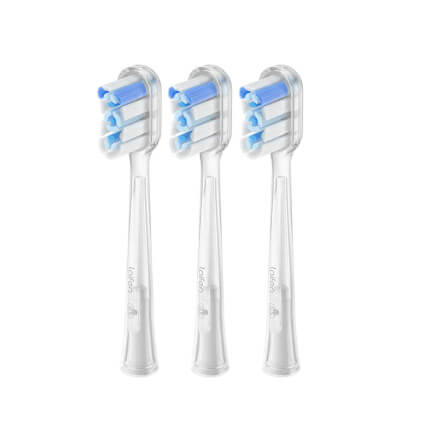
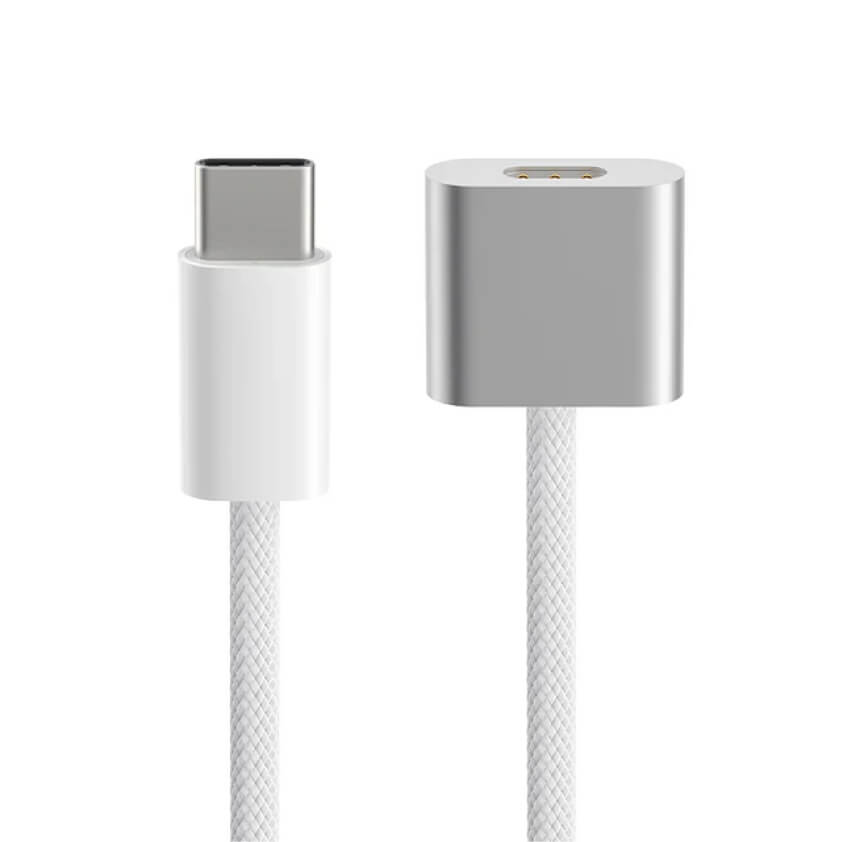

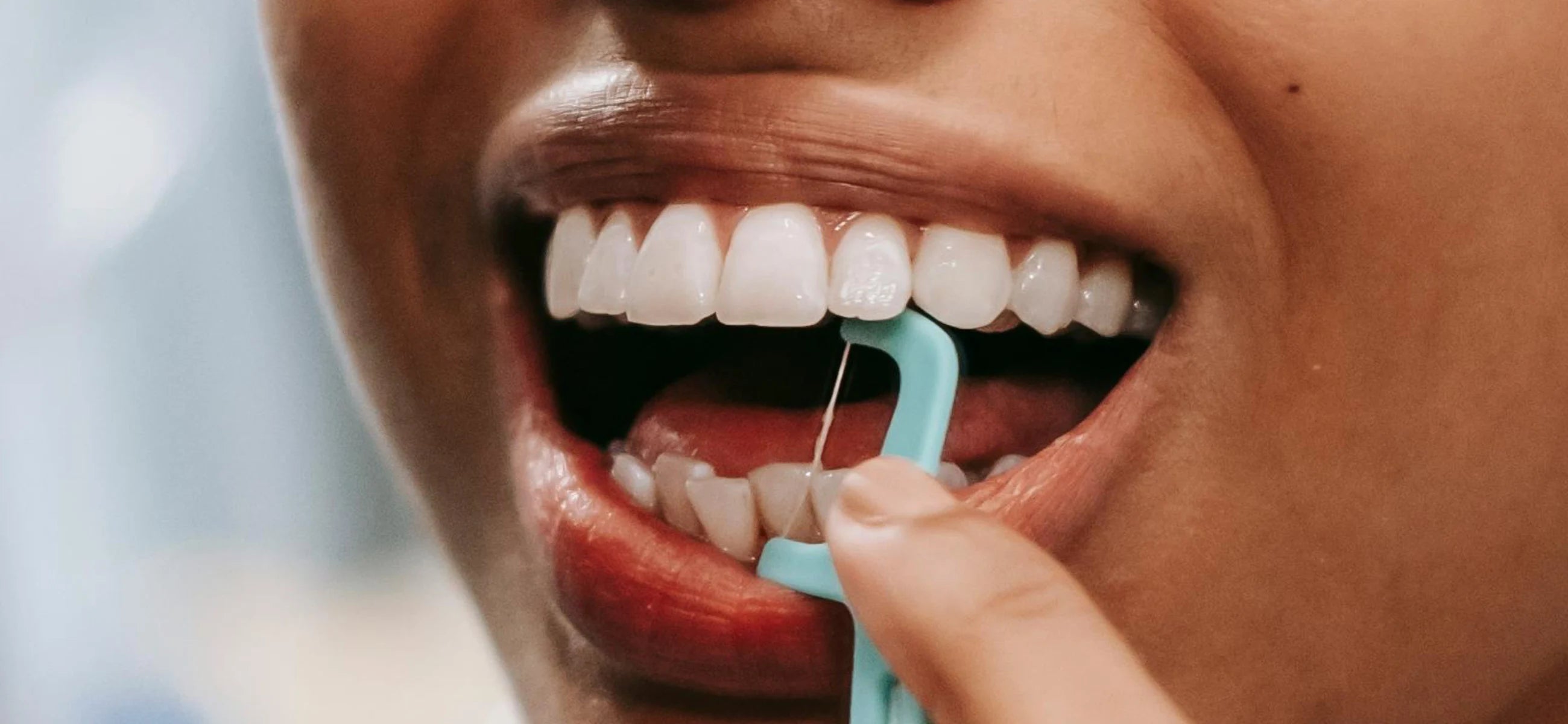






Eat something right after. Sour patch kids. Sounds unhealthy but I’m talking like 5-6 sour patch kids. This is a huge pain in my dik and already paid for implants
I’ve had this problem since I my dentures two years ago! I’ve tried a different adhesive from the strips to of course the glue and I can’t find one brand that works through my entire day. Then to have to get the glue out of my mouth, it’s just not the top of my day. I found the best way for me is to use warm water rinse and a paper towel Although the warm water helps a little. I still have to pull the glue out of my mouth with the paper towel. I take a select-a-size paper towel, stack them as high as my scissors will cut those in half then stack another pile of those sometimes I used to do two piles. It makes it easier cut those in half and then after cutting those in half cut the last rectangle in half. You should have eight pieces from each sheet. I use those one at a time. I start from the top half, then go to the bottom half. Sometimes it’s still so stuck, t pops off the gum. Lol It can take some time, all according to how much adhesive is left. but I get it done. Then brush my gums with toothpaste and warm water. I just wish I could find an easier way!
Same here .. I’ve brushed and brushed, used mouth wash….warm water, salt…It’s still on the roof of my mouth
I use a paper towel and rub gently.
I try not to use a lot of adhesive on the bottom ones. Otherwise you will be eating and swallowing a lot of adhesive with you mashed potatoes
Nothing is working and the adhesive is burning my gums. I’ve tried warm water, hot water, salt water, sucking on an ice cube, a wet rag, a dry rag, a paper towel…and this crap just won’t let go. Dammit!!!